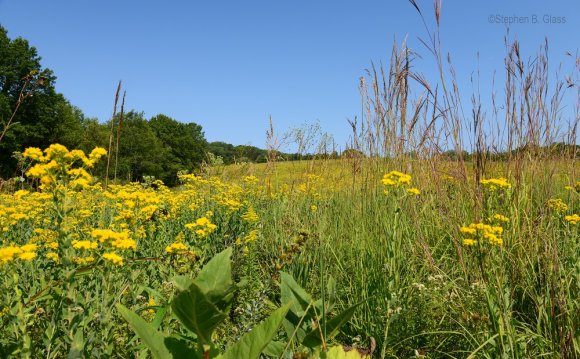
 Environmental scientists may work in offices, in laboratories or in the field.
Environmental scientists may work in offices, in laboratories or in the field.
Hemera Images
Environmental scientists work on conservation and "green" eco-projects that affect the Earth to identify issues and determine solutions. They may focus on such natural science work as conservation of natural resources, population health considerations or the effects people have on the environment such as pollution. Environmental scientists usually can start their careers with a bachelor's degree in environmental or another life science.
Salary Range
The Bureau of Labor Statistics reported 83, 090 environmental scientists employed nationwide as of May 2011. These scientific specialists earned an average annual wage of $68, 810, the equivalent of $33.08 an hour. However, a scientist starting out in his career was likely to earn a salary in the lower range for the profession, between the 10th percentile pay of $38, 090 and the 25th percentile wage of $47, 380.
Biggest Industries
The two largest industries for environmental scientists were state government and consulting services, each of which employed more than 18, 000 specialists - more than 22 percent of the total each. The average wage in state government was $57, 600, according to the BLS, with starting salaries likely between the 10th percentile, $37, 190, and the 25th, $44, 370. The average salary in consulting was $71, 710, with starting salaries potentially falling between the 10th percentile figure, $38, 950, and the 25th, $48, 340.
Related Reading: Environmental Scientists vs. Conservation Scientists
Best-Paying Industries
The best-paying industry for environmental scientists was grant-making, which paid an average of $121, 960, according to the BLS. However, starting salaries were likely to fall in the much lower range between the 10th percentile, $33, 590, and 25th percentile, $44, 810. The second-best industry in terms of average pay was oil and gas extraction, which paid $97, 400. The likely starting range for this industry was higher, however, with the 10th percentile at $47, 220 and the 25th at $64, 610.
Career Possibilities
The BLS estimates job growth for environmental scientists at 19 percent from 2010 to 2020, about as fast as overall job growth. Increased interest in conservation measures, as well as growing populations and complex regulations, are expected to fuel demand for these specialists, offering opportunities for scientists at the start of their careers. Beginning environmental scientists may need a master's degree to advance beyond their first position, however, and a doctorate if they wish to teach.
RELATED VIDEO












